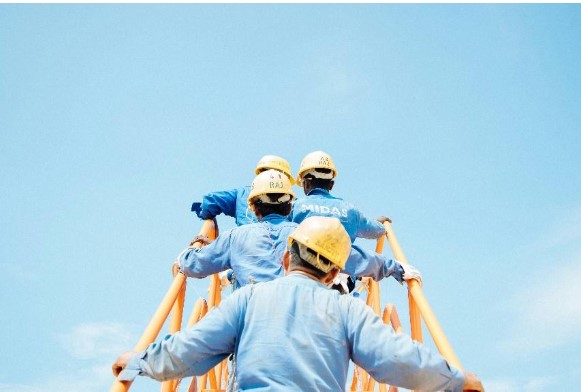Mental Health and Wellbeing in Lone Working Environments
Introduction
While physical safety is often the primary focus of lone worker protection, the mental health implications of working in isolation are equally critical. Employees who work alone—whether remotely, in the field, or after hours—face increased risks of stress, anxiety, and burnout. Unlike team-based environments, lone workers lack immediate peer support, which can exacerbate the psychological toll of high-pressure tasks and unforeseen emergencies.
Recognizing and addressing these mental health challenges is essential for maintaining overall workforce wellbeing, productivity, and retention. Integrating psychological safety into existing Health, Safety, and Environmental (HSE) protocols ensures a holistic approach to employee protection.
The Psychological Impact of Lone Working
Lone working can have profound effects on employees’ mental and emotional wellbeing. Some common impacts include:
Feelings of isolation – Prolonged absence of social interaction can lead to loneliness, reduced engagement, and a sense of disconnect from the organization.
Increased stress – Handling emergencies or critical decisions alone can create high-pressure situations without the reassurance of team support.
Reduced motivation and productivity – Lack of supervision or peer accountability can reduce focus, initiative, and morale over time.
Undetected mental health issues – In a solitary environment, symptoms of depression, anxiety, or fatigue may go unnoticed, delaying intervention and recovery.
Over time, these factors can accumulate, leading to burnout, absenteeism, and higher turnover rates. Mental fatigue can also increase the risk of physical accidents, creating a dual threat to lone worker safety.
Signs of Poor Mental Health in Lone Workers
Managers and supervisors should remain vigilant for early warning signs that a lone worker may be struggling psychologically. Common indicators include:
Sudden withdrawal from communication – Less engagement in emails, calls, or scheduled check-ins.
Decline in work quality – Missed deadlines, incomplete tasks, or errors that were previously uncommon.
Irritability or emotional changes – Outbursts, mood swings, or unusually low tolerance for stress.
Repeated lateness or absenteeism – Chronic delays or frequent absence may indicate underlying stress or burnout.
Early detection is key. Timely intervention can prevent minor stressors from escalating into severe mental health crises, protecting both the employee and organizational productivity.
Strategies to Promote Wellbeing
Creating a psychologically safe environment for lone workers requires a combination of organizational policies, supportive practices, and proactive communication. Effective strategies include:
Regular Check-ins
Schedule consistent phone calls, video meetings, or instant messaging check-ins to maintain human connection and provide opportunities to discuss concerns.
Mental Health Training
Equip lone workers and supervisors with skills to recognize signs of stress, fatigue, and emotional strain. Training can include stress management techniques, mindfulness practices, and crisis response guidance.
Access to Support Services
Offer counselling, employee assistance programs (EAPs), and mental health hotlines. Ensure confidentiality to encourage workers to seek help without fear of stigma.
Encourage Work-Life Balance
Set realistic workloads and deadlines, limit excessive overtime, and promote regular breaks. A well-structured schedule can reduce stress and prevent burnout.
Foster a Culture of Openness
Normalize discussions about mental health in the workplace. Offer safe channels for reporting concerns or requesting support without fear of judgment or repercussion.
Peer Support Networks (Optional but Effective)
Encourage virtual peer groups, buddy systems, or mentorship arrangements to provide social interaction and shared experiences for isolated employees.
Technology-Assisted Monitoring
Use lone worker safety devices or apps that include wellbeing prompts and check-in features. These tools can provide automated reminders for breaks, hydration, and mental wellness exercises.
Conclusion
Mental health is a core component of workplace safety, and for lone workers, psychological safety must be treated with the same seriousness as physical safety. Organizations that proactively support mental wellbeing through regular communication, accessible resources, and compassionate management create a resilient workforce capable of handling the unique pressures of working alone.
By embedding mental health considerations into HSE planning, organizations not only protect employees from stress and burnout but also enhance overall productivity, engagement, and retention. In essence, a safe workplace is one that nurtures both body and mind, ensuring lone workers can perform their roles effectively and confidently.


